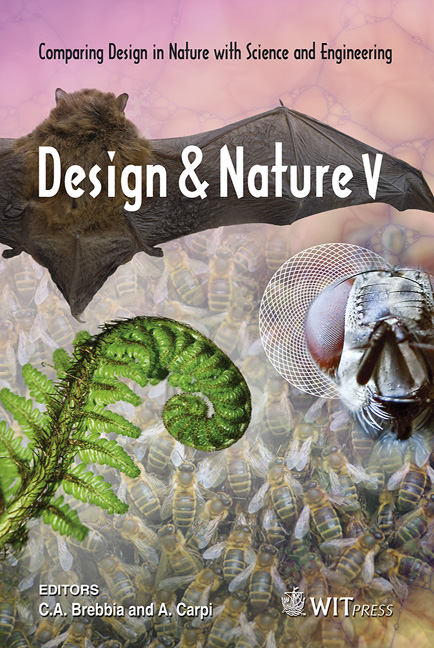Invaders Decrease The Structural Complexity Of The Indigenous Community Of Chozas Lake
Price
Free (open access)
Transaction
Volume
138
Pages
10
Page Range
517 - 526
Published
2010
Size
2,947 kb
Paper DOI
10.2495/DN100461
Copyright
WIT Press
Author(s)
S. Bastianoni, M. Marchi & E. Tiezzi
Abstract
Chozas Lake, a small shallow water body in León, NW Spain, changed from clear water conditions to turbidity in only one year. The cause was loss of abundance and richness of plants due to deliberate introduction and proliferation of the allochthonous Louisiana red swamp crayfish, Procambarus clarkii. The dynamics of this ecosystem have been studied by means of eco-exergy. Eco-exergy is a goal function introduced by S.E. Jørgensen in the 1970s and is related to conformation structures and information in nature with particular attention to evolutionary properties. Its value has been used with that of specific exergy for understanding the quality of biomass variation, seen as a change of the structural complexity of Chozas Lake. The number of crayfish increased as the ecosystem eco-exergy decreased, because the complexity of the ecosystem was higher when there was richness of macrophytes, even if the submerged aquatic vegetation is at lower level on the evolutionary scale than the invasive crustacean. There was a trophic cascade effect on the wetland ecosystem that altered the native community, with loss of invertebrates, amphibia and coots, directly related to plant destruction. However, while fish- and crayfish-eating birds seemed to increase, plant disappearance is a great threat for biodiversity in Spanish lakes because vegetation is the most abundant component of these ecosystems and so its destruction has a very important ecological role. Keywords: crayfish, trophic diversity, eco-exergy, specific eco-exergy, macrophytes, lake. 1 Introduction Procambarus clarkii (Girard, 1852), a decapod crustacean of the family cambaridae, is a native of NE Mexico and central southern USA, specifically
Keywords
crayfish, trophic diversity, eco-exergy, specific eco-exergy, macrophytes, lake





